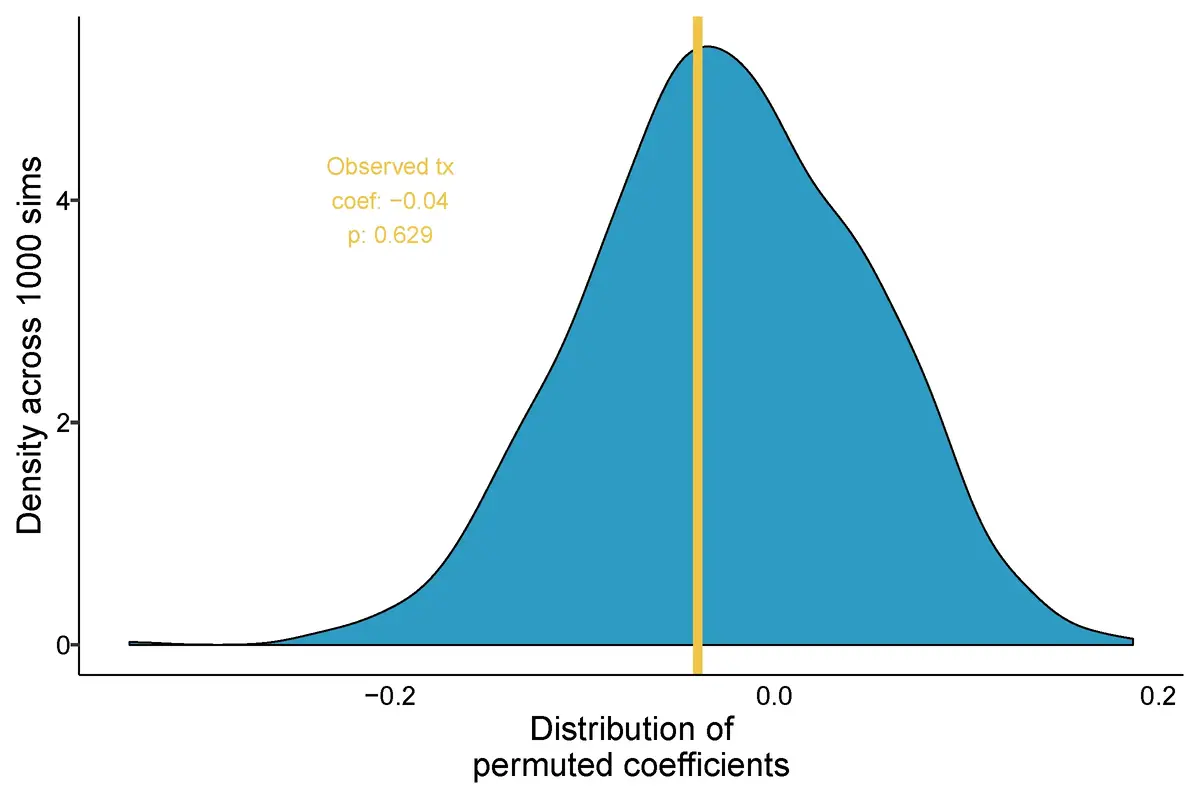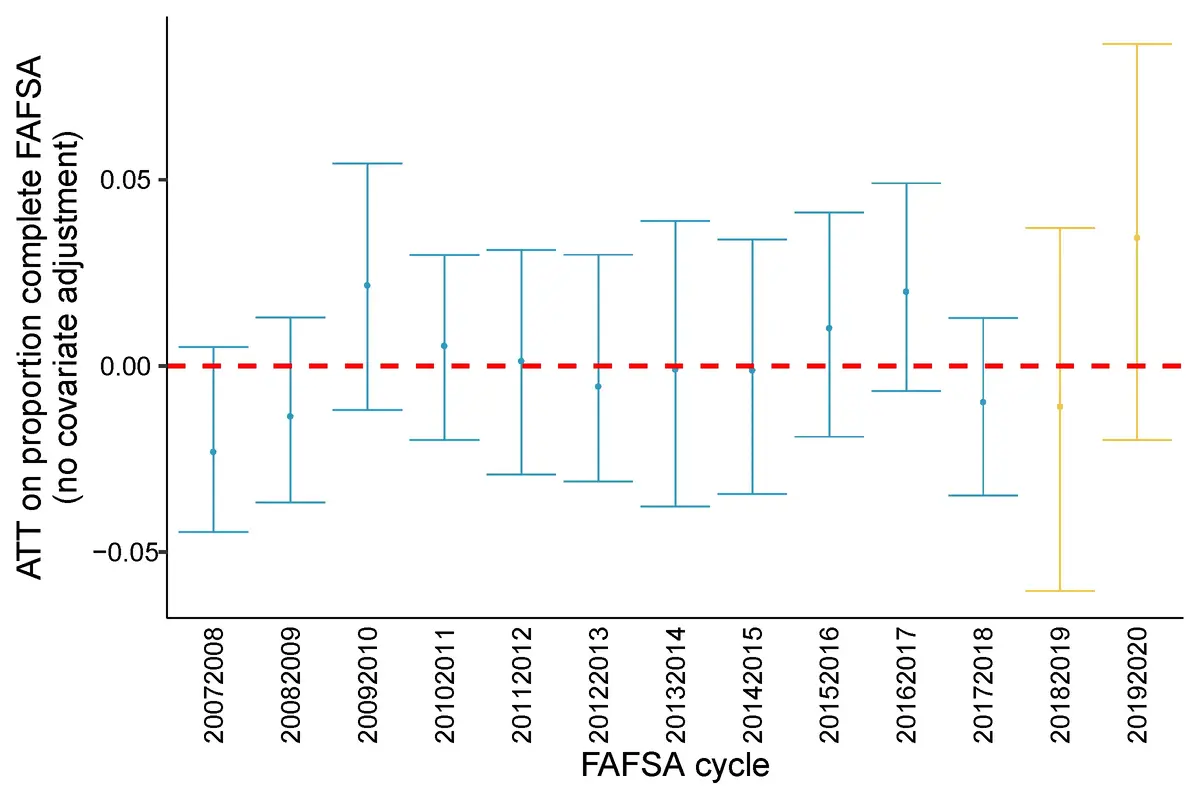Project SOAR

Graduation ceremony
What was the challenge?
Students from families with a lower socioeconomic status (SES) attend college at lower rates than students from wealthier families, even when taking into account measures of academic preparation. Project SOAR (Students + Opportunities + Achievements = Results), also known as ROSS for Education, was a demonstration program reflecting the U.S. Department of Housing and Urban Development’s (HUD) commitment to expand educational services to youth living in HUD-assisted housing.
What was the program change?
Project SOAR provided grant funding to nine public housing authorities (PHAs) to hire and deploy counselors—or “education navigators”—to help youth between the ages of 15 and 20 living in public housing complete the necessary steps to transition to and succeed in postsecondary educational programs. Education navigators operated on-site in PHAs to help students complete the Free Application for Federal Student Aid (FAFSA), program applications, and other administrative steps necessary for postsecondary enrollment and improve their general financial literacy and college readiness. The grants were awarded in May 2017 and were funded through April 2019. The main analysis focuses on activities designed to encourage FAFSA completion for the 2019-2020 academic year.
How did the evaluation work?
Four grantees participated in the experimental impact evaluation. In these four PHAs, a total of 78 Asset Management Projects (AMPs, which are buildings or groups of buildings) were assigned either to the treatment group (n=34), where all students 15-20 living in the AMP were eligible to receive navigator services, or the control group (n=44), where youth living in the AMP did not have access to navigator assistance. The remaining five grantees were part of a non-experimental component of the impact evaluation. Trends in FAFSA completion in these PHAs were compared to trends of other, non-SOAR PHAs using a synthetic control method. There were a total of 1,137 PHAs available in the donor pool in the main specification.
What was the impact?
Neither the experimental nor the non-experimental analyses found evidence that SOAR changed FAFSA completion rates. For the experimental analysis, SOAR was estimated to have led to a four percentage point reduction in the rate of FAFSA completion, but the difference was statistically indistinguishable from zero. The estimates were imprecisely estimated given a total of 78 experimental units.

The main specification of the non-experimental analysis estimated that SOAR increased FAFSA completion by 3.43 percentage points, but the difference was not statistically significant. A second specification of the model (which omitted PHAs in the donor pool with any missing data) estimated SOAR increased FAFSA completion by 3.93 percentage points, and the result was marginally significant.

The full report can be found on the HUD website.
Verify the upload date of the Analysis Plan on GitHub.
